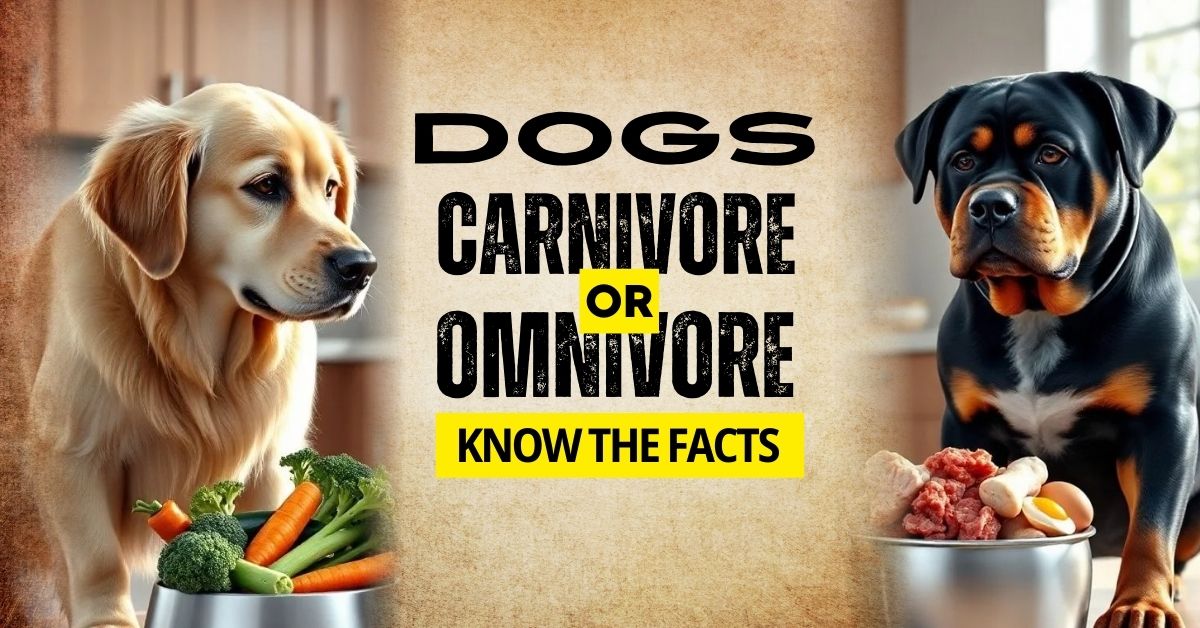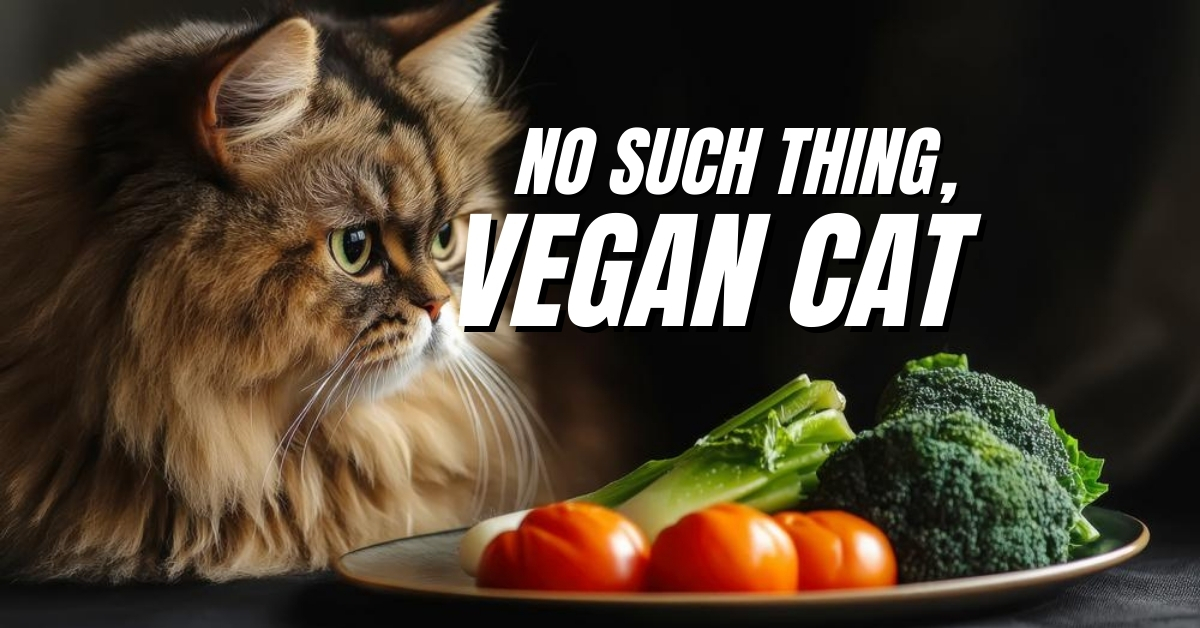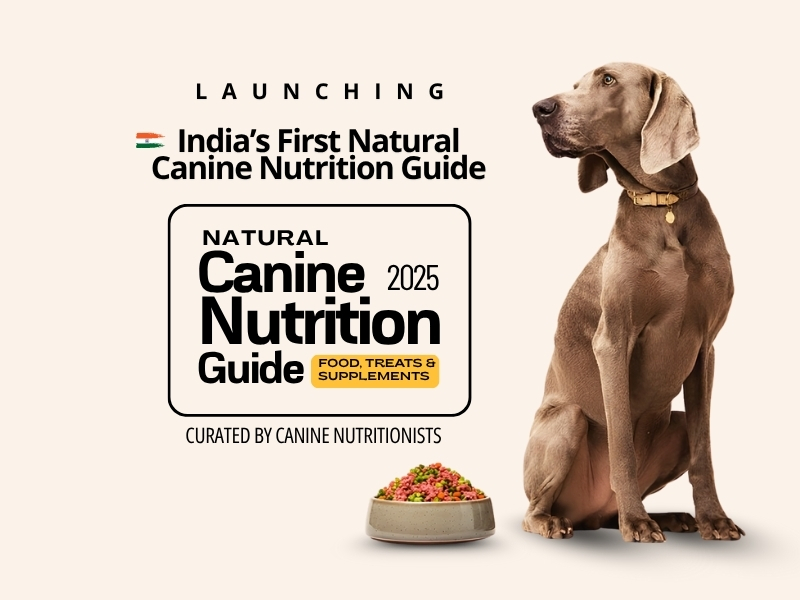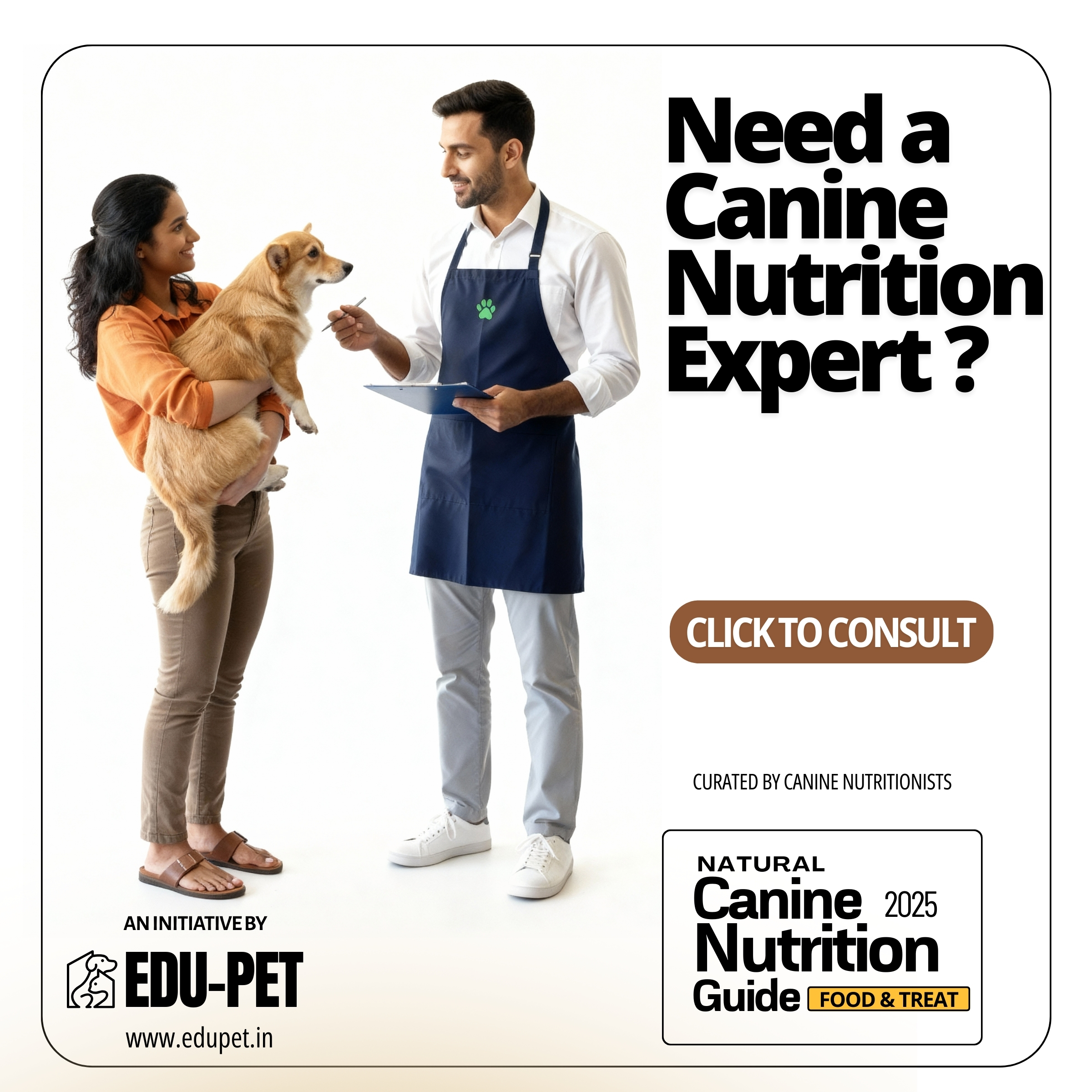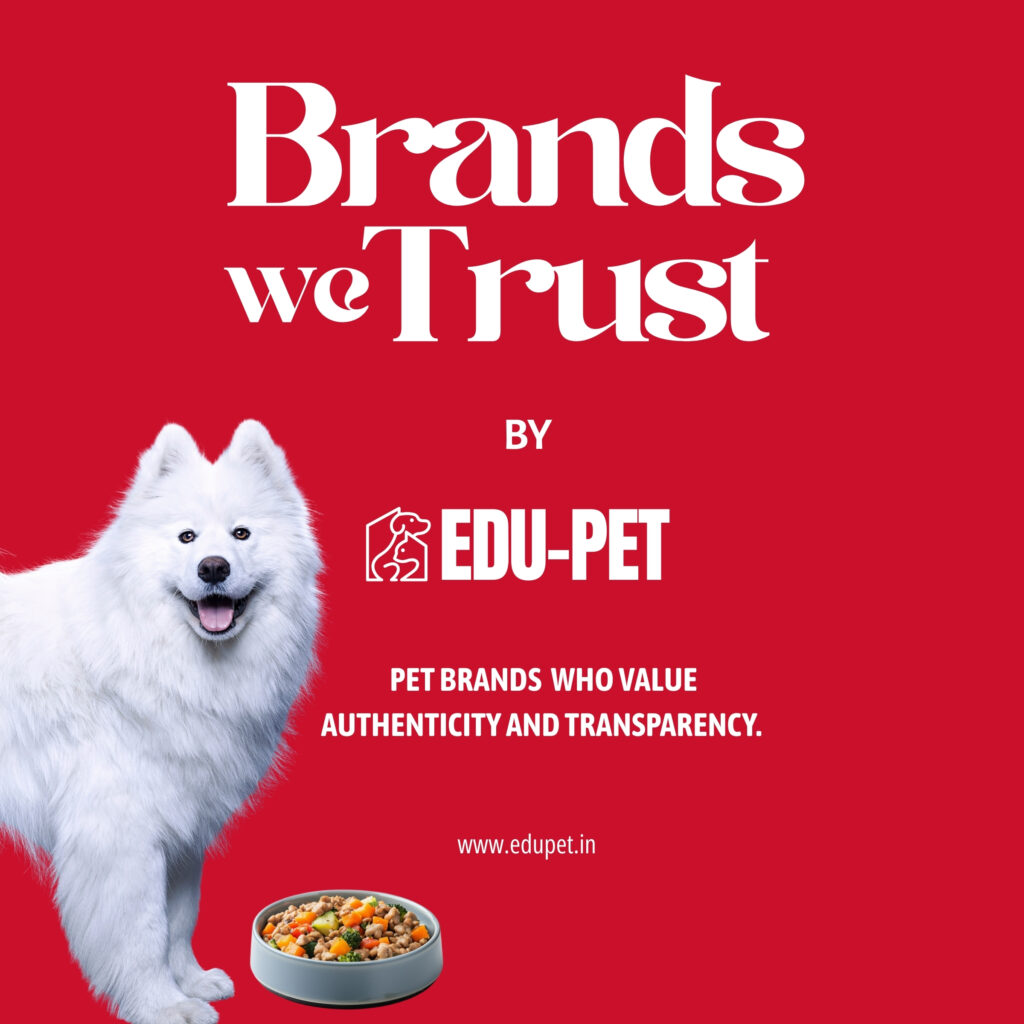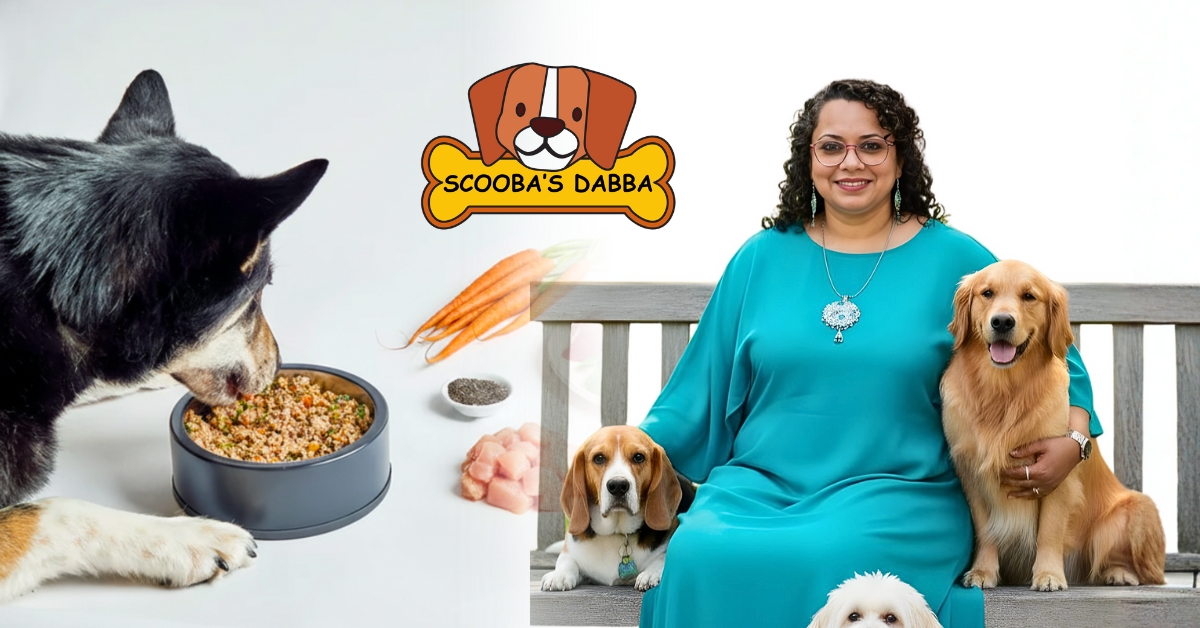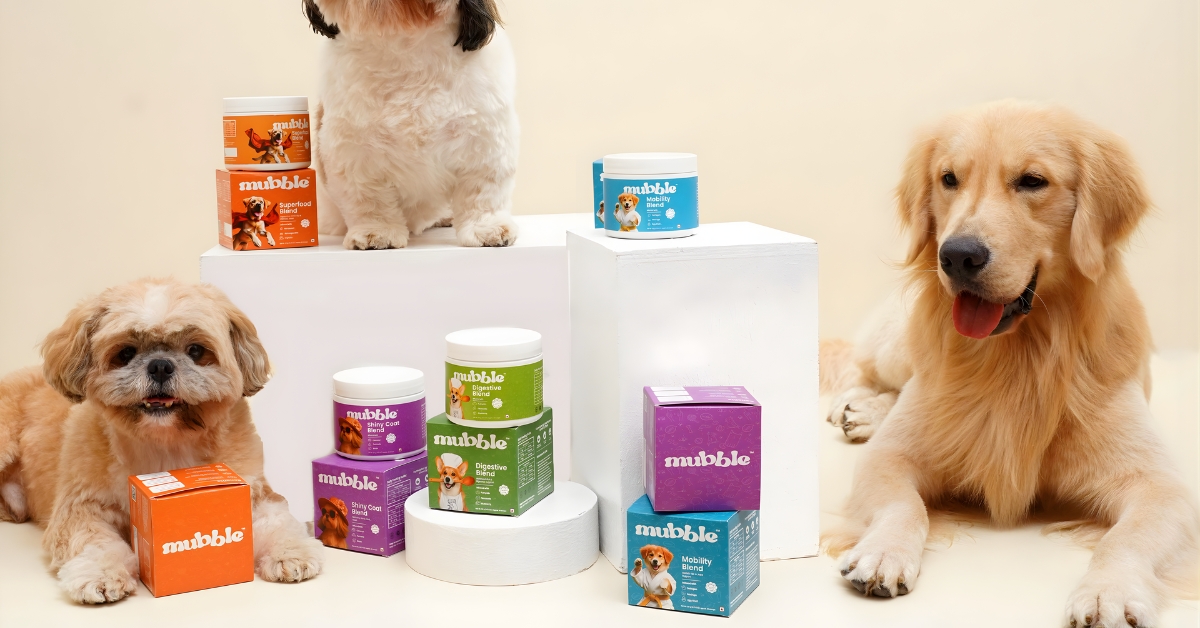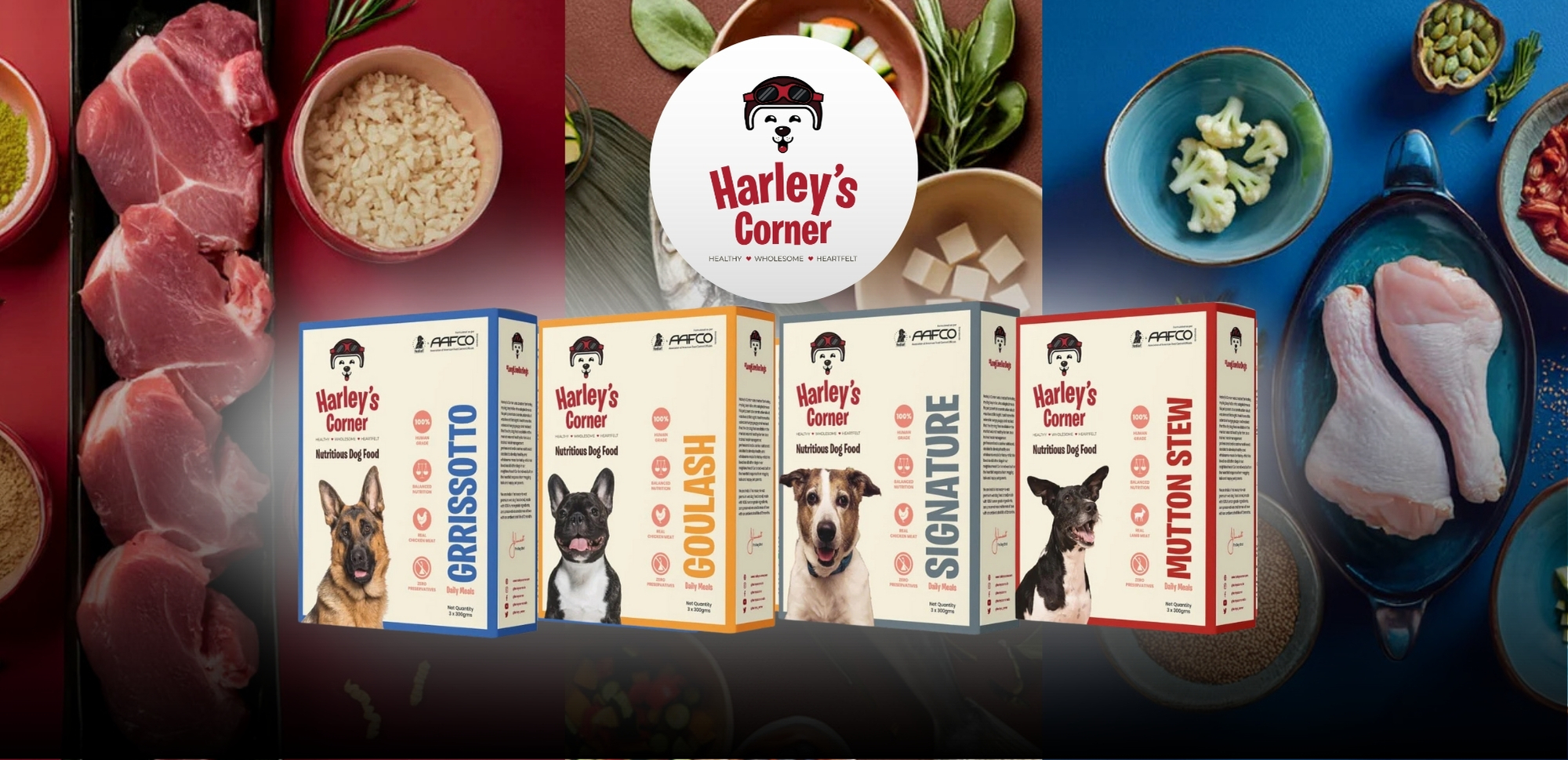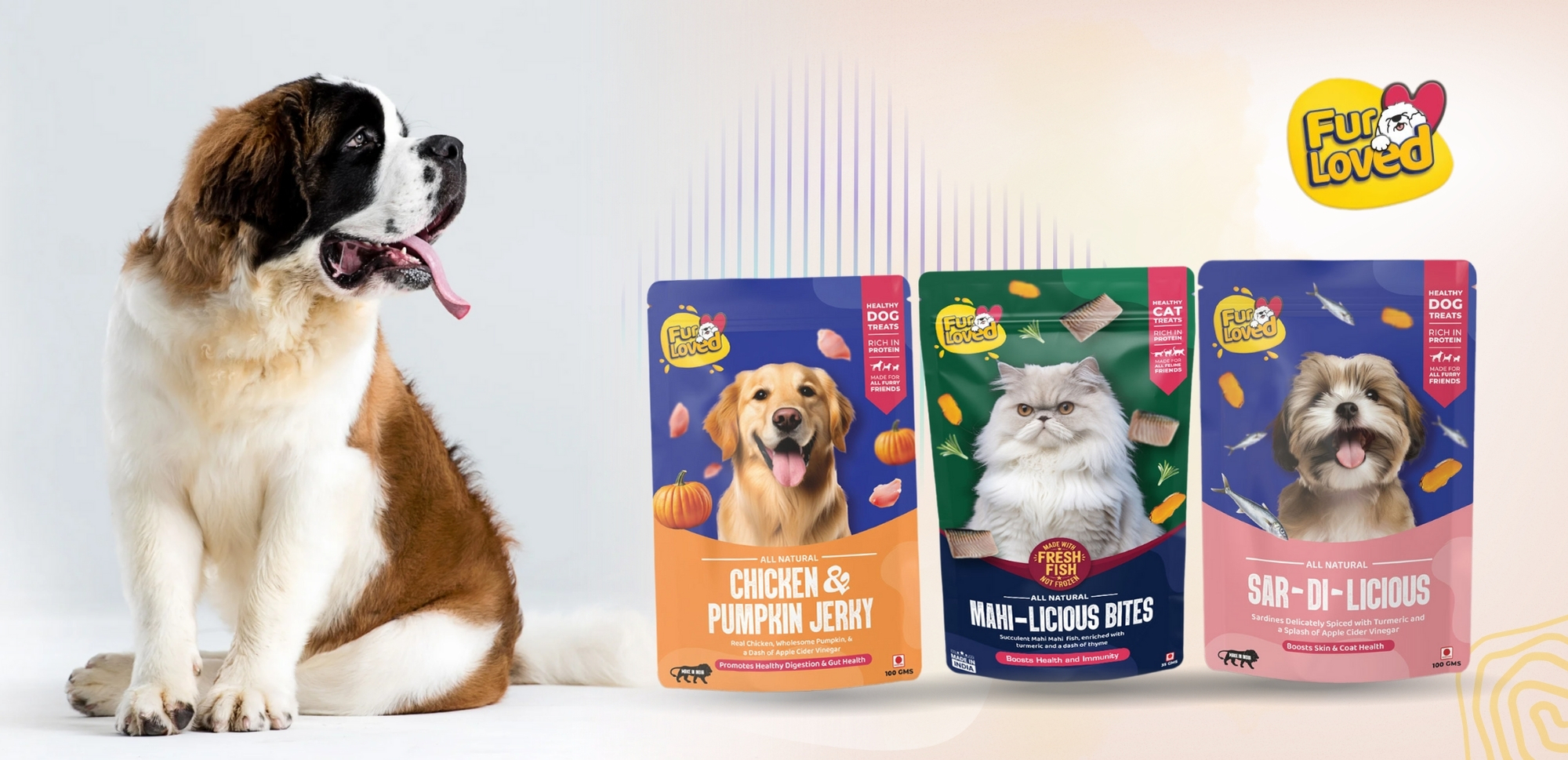Are You Really Choosing the Right Food for Your Pet?
Do you spend time analyzing ingredient lists before selecting kibble for your dog? If so, it’s important to understand that the crunchy, brown pellets you buy are not solely made from the wholesome ingredients highlighted on the packaging.
Most kibble consists of low-quality animal meat and fats mixed with fillers like grains and soy. These ingredients undergo an intense process called “extrusion,” which strips away most of their natural nutrients. To meet the minimum nutritional requirements, manufacturers then add synthetic vitamins and minerals.
According to Marion Nestle, professor emerita of nutrition, food studies, and public health at New York University: – “From my standpoint as a nutritionist, all pet foods are the same.” Kibble is engineered to achieve a specific taste, smell, appearance, and shelf life using substances known as pet food additives. In this article, we will explore the hidden world of these additives, why they are used, and the risks they pose.

What is a Pet Food Additive?
A pet food additive is a substance used to enhance flavor, extend shelf life, or alter a food’s characteristics. These additives include emulsifiers, sequestrants, anti-caking agents, and enzymes. Additionally, substances used in processing, packaging, and transportation may also qualify as food additives due to indirect or incidental contact with the food.
Classification of Pet Food Additives
Pet food additives can be divided into three major categories:
1. Antimicrobial Preservatives
These are added to increase the shelf life of the food, by reducing chances of microbial spoilage
2. Flavor Enhancers
These are added to lure taste/smell to the food. These additives exploit the taste and smell receptors of dogs/cats to think the food is good, even though it is not
3. Antioxidant Preservatives
Fats used in ultraprocessed foods like kibbles have high chance of getting rancid. These are used to neutralise the free radicals generated due to fat oxidation
As per FDA, it is not necessary for manufacturers to state the additives used in the food. FDA compares food additives with a chef’s secret formula to support the act of hiding these ingredients from the consumers.
Common Synthetic Pet Food Additives and Their Risks

Antimicrobial Preservatives
- Sodium Nitrite (E250) – A precursor to nitrosamines, which are carcinogenic in humans and animals. It has been linked to fatalities in cats and ataxia in dogs.
- Potassium Sorbate (E202) – A mold inhibitor that can cause skin, eye, and respiratory irritation, as well as damage to white blood cells and DNA.
- Parabens – Commonly used in dry pet foods; known to disrupt the endocrine system.
Flavor Enhancers
- Vanilla, Vanillin, Cinnamaldehyde, and Balsam of Peru – These artificial flavoring agents can increase symptoms of atopic dermatitis.
- Trehalose – A low-calorie sugar additive that can promote gut dysbiosis by increasing Clostridium perfringens levels.
- Monosodium Glutamate (MSG) – An approved pet food additive that disrupts gut health, the endocrine system, and can overstimulate a pet’s senses by affecting the nervous system.

Antioxidant Preservatives
- Sulphites – A common antioxidant known to cause thiamine (Vitamin B1) deficiency, leading to neurological issues in pets.
- Butylated Hydroxyanisole (BHA) & Butylated Hydroxytoluene (BHT) – Widely used despite being linked to carcinogenic activity and endocrine disruption.
- Propyl Gallate – Often used alongside BHA and BHT; associated with endocrine disruption and tumor formation.
These additives are just a fraction of the harmful chemicals legally allowed in pet food. Many of them have been banned in human foods due to their adverse health effects.
What About “Natural” Preservatives?

Some brands claim to use natural preservatives such as:
- Tocopherols (Vitamin E)
- Rosemary Extract
- Marigold Extract
While these have antioxidant and mild antimicrobial properties, studies show they may not be sufficient to prevent spoilage long-term. This raises concerns that artificial preservatives are still being used alongside them, even if they are not listed on the label.
The Hidden World of Flavor Enhancers
Unlike preservatives, flavor enhancers (palatants) are rarely disclosed on pet food labels. If a brand does not explicitly claim to be free of artificial flavors, there is a high chance that flavor enhancers have been added.
“Big [pet food] companies have huge departments that make palatants,” says Darren Logan, head of research at Waltham Petcare Science Institute, part of Mars Petcare. “Just like we make them for humans, we make them for pets as well.”
The reason your pet eagerly eats kibble is often due to these palatants, not the actual nutritional quality of the food.

Inclusion of Vitamin E as antioxidant in dog foods: beneficial for the dog or the brand ?
Mixed tocopherols, termed as Vitamin E is obtained by vacuum steam distillation of vegetable oil products. It is used as an antioxidant in dog foods
Although brands using mixed tocopherols shout “Antioxidant Benefits”, the main purpose of these is to neutralize the oxidation of fats in the food, majorly once the pack is opened, and exposed to air and light. This adds shelf life to the food as well
Fat oxidation produces cell damaging free radicals. Antioxidants like Vitamin E neutralize these free radicals. In the same process, antioxidants themselves get non-functional
All the antioxidant content of the food is used up to nullify free radicals, leaving no functional antioxidant for the consuming animal. This is the reason why these are termed as “Technological Additives”, not “Nutritional Additives”
It is also important to note that antioxidants does not guarantee NO FREE RADICALS in the food. Once the antioxidant content is used up, there is no protection left. Hence, it is recommended to use up dry foods within 3-4 weeks of opening the pack, irrespective of expiry date

Conclusion
Synthetic additives are a common and largely undisclosed part of ultra-processed pet foods. Many of these substances, banned in human food, continue to be used in pet food without transparency.
Understanding pet food labels and questioning manufacturing processes can help pet owners make more informed choices about their pet’s nutrition.
EDUPETIndia, #PetFoodSafety, #HarmfulAdditives, #PetHealth, #KibbleRisks, #DogNutrition, #CatCare, #SyntheticPreservatives, #PetWellness, #ToxicPetFood



